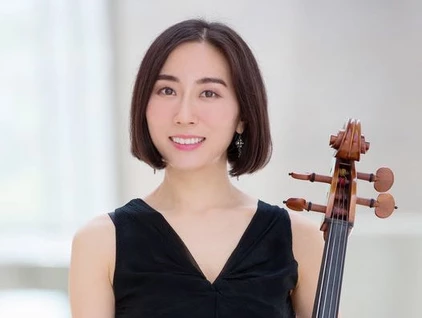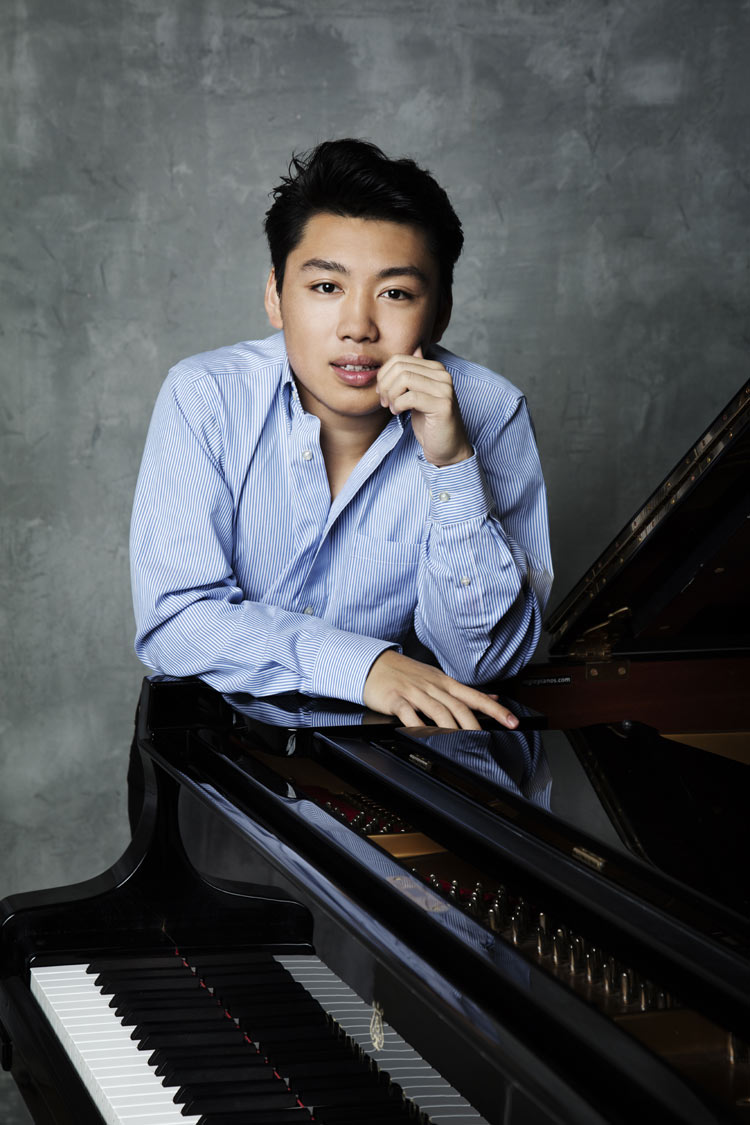The Nashville Symphony
The Band is Back Together! Dvořák, Mozart and Suppé at the Schermerhorn
On Saturday, January 8th the Nashville Symphony returned to the Schermerhorn stage as a complete ensemble to give a rather excellent concert featuring Franz von Suppé’s Poet and Peasant Overture, Wolfgang Amadeus Mozart’s Piano Concerto No. 24 in C minor, K. 491 and Antonín Dvořák’s Symphony No. 8 in G Major.

Not very well known today, Franz von Suppé was one of the glitterati on the 19th Century Viennese landscape. Born to Austrian civil servants, he spent his youth studying law with music as a side occupation. In his youth he met Rossini, Donizetti (a distant relative) and Verdi while a law student in Italy. After his father’s death in 1835, his mother brought her teenage son back to Vienna, the city of her birth. There he took up composition in earnest focusing especially on opera. His premiere Das Pensionat was the first authentic Viennese operetta, written in response to Offenbach’s French version. The creation of the Viennese Operetta would be his primary claim to fame.
A master of characterization, his music features a light, fluent style that is delicate and descriptive—it is this style that allows his overtures to retain their toehold in the repertoire. His Poet and Peasant Overture premiered in 1846 and features a beautiful solo for cello, played in Nashville with extraordinary grace by our new Assistant Principle Cellist Una Gong. (The melody seems quite closely related to the melody from “I’ve Been Working on the Railroad). This pastoral is abruptly followed by a fast moving and exciting theme in the strings that leads to a graceful and nostalgic Viennese waltz—it’s as if Popeye has met Violetta. In the context of so much gloom and doom, (the pandemic, the anniversary of the January 6th Insurrection, etc) opening the concert with the exciting and escapist high Viennese music was a stroke of genius. When I closed my eyes I could almost image myself at the Musikverein!
In the modern era the speed at which classical composers were forced to work is often forgotten. Mozart’s 24th Concerto was written within just three weeks of his 23rd, K. 459 in A minor. This is even more striking given the fact that he was also reworking Idomeneo for Vienna during the same period. Both concertos show Mozart’s writing at its highest form—breadth and fluency in structural conception, a solo part that is more collaborative and concerted than competitive. Further, it was written for a large (for Mozart) orchestra—it is his only concerto with both oboes and clarinets. And, as Maestro Guerrero noted before the performance, a number of the instruments get their own solo moments.

The key of C minor is also odd for Mozart, as is the mood—the piece begins with a descending line that seems to plead in despair. This is followed by a different, but equally pleading line in the piano, played by American Pianist and 2015 Tchaikovsky Silver Medal winner George Li with a respectful reverence. His light and gentle approach on Saturday evinced a delicate restraint that is rather rare in a pianist whose Rachmaninoff has been described as “absolutely stunning.” The wind section of the Nashville Symphony did themselves proud in the second movement’s episodes.
After intermission, the orchestra returned for a performance of Dvořák’s Symphony No. 8, a rather optimistic work for the Czech composer. The nationalistic Bohemian content of this piece might likely have been one of the reasons that Jeannette Thurber brought him to the new world to direct her National Conservatory. Donald Francis Tovey’s biting criticism of the composer is also not without its merit: “Dvořák’s phrasing was primitive, Bohemian, and childlike before he went to America. It is primitive, Bohemian, and childlike to punctuate your phrases with chuckles; and the pentatonic scale pervades folk-music from China to Peru.” That said, Dvořák’s nuanced orchestral color and clarity of formal design makes one cry “Humbug” at old Tovey.
The first movement’s exposition began with a broad lyrical theme, darkly scored in the cellos, horns, clarinets against a trombone counterpoint in G minor. Eventually a bright bird call emerges in the flute and piccolo, sparkling in the hands of Erik Gratton (flute) and Gloria Yun (piccolo) and remarkable when in dialogue with Nashville’s eloquent oboists Titus Underwood and Leslie Fagan. Maestro Guerrero was in fine form throughout the evening, and this movement actually saw his feet leave the podium during the development’s mighty storm. (the Suppé had brought him from his feet as well). The slow second movement continued with the pastoral idea with its own thunderstorm.
Dvořák’s third movement left the beauty of the Bohemian landscape for its ballrooms with a wonderfully melancholy waltz offset by a naïve central section. Here the NSO positively rollicked. The piece ended with a theme and variation movement that was so incessantly cheerful you could see Maestro Guerrero’s bright, joyous, dependable and disarming smile mirrored back by what seemed to be the entire audience when they leapt to their feet in ovation. Despite the masks, the pandemic and the constant fear, Nashville once again found a way to get lost in the music. Welcome back to our dear symphony, we’ve missed you!



